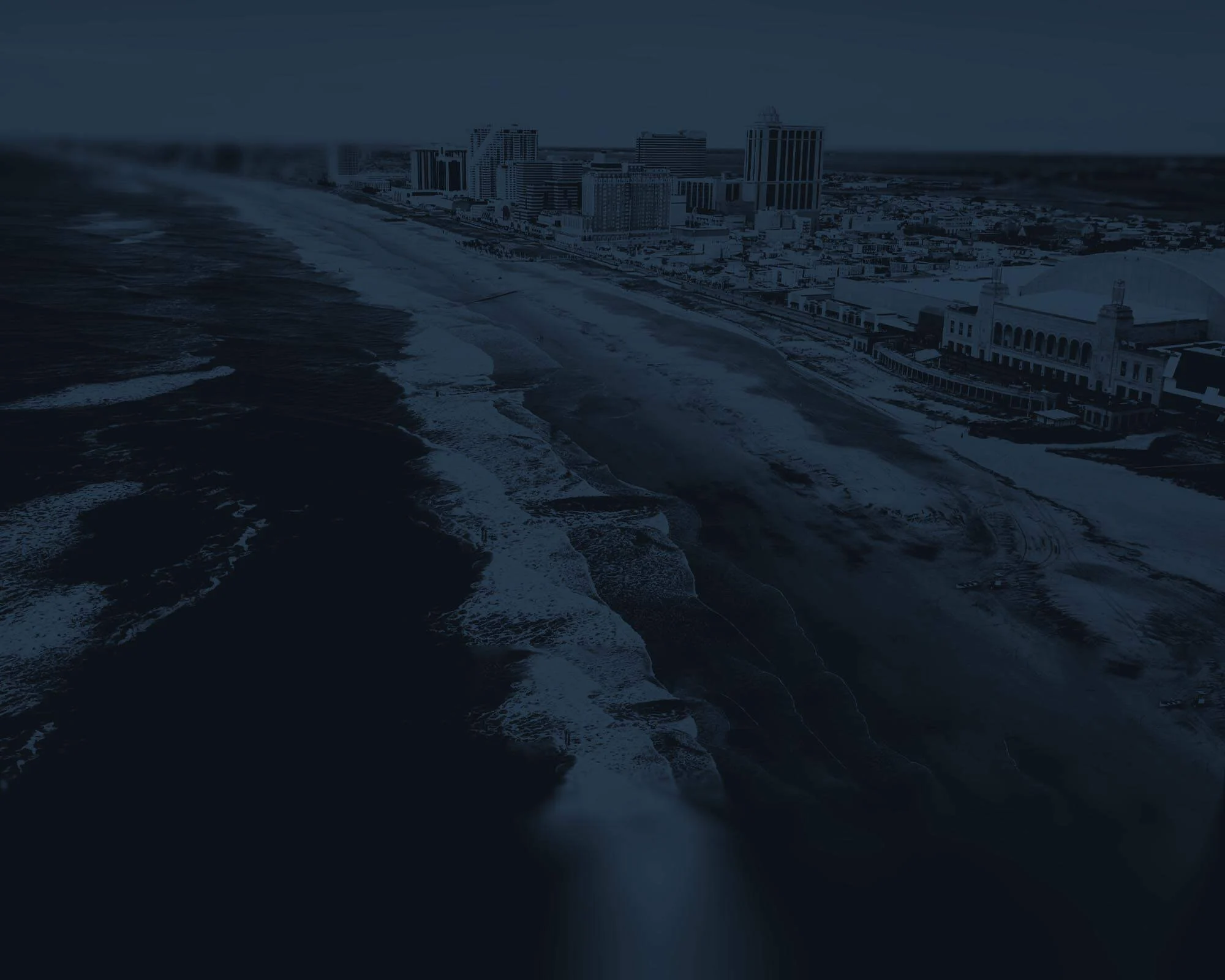What Evidence is Typically Needed to Prove a Disorderly Conduct Charge?
Crimes are classified differently in each state. Under NJ Rev Stat § 2C:1-4, lower-level crimes are classified as disorderly persons offenses. These charges are less serious than a felony, but a conviction can still carry serious penalties, including fines and jail time. These are generally summary offenses, so no jury is needed. Examples of disorderly conduct charges include simple assault, drug paraphernalia, harassment, shoplifting, lewdness, and writing bad checks.
To prove a disorderly conduct charge, there will need to be sufficient evidence against you–the State must prove the charges beyond a reasonable doubt. Here’s a look at the evidence needed. Contact a criminal defense lawyer for assistance.
Required Evidence
To prove a disorderly conduct charge, law enforcement must provide evidence–proof beyond a reasonable doubt–showing that you engaged in behavior that disrupted public order, peace, or safety in a public place. The prosecution needs to prove two main things:
- The incident occurred in a public place.
- The defendant engaged in disruptive behavior or used offensive language.
To prove the first point, the evidence must show that the behavior took place in an area accessible to a substantial group of people. Examples include highways, transport facilities, schools, prisons, parks, shopping centers, apartment houses, places of business or amusement, or any neighborhood.
For the second point, the evidence must show the defendant engaging in improper behavior such as fighting, threatening, or violent conduct, or creating a hazardous condition. The prosecution may present evidence of the defendant using unreasonably loud, offensively coarse, or abusive language with the intent to offend.
Examples may include:
- Fighting or violent behavior. This includes physical altercations, threats, or aggressive actions.
- Making unreasonable noise. This could involve loud shouting, music, or other sounds that disturb the peace.
- Obscene language or gestures. Using offensive or abusive language or gestures in a public place.
- Obstructing traffic or pedestrian walkways. Blocking or hindering the movement of people or vehicles in a public area.
- Refusing to comply with a lawful order. Failing to disperse when directed by law enforcement to do so.
Types of evidence may include:
- Witness testimony. Witnesses who observed the behavior can provide firsthand accounts of what happened, which can be crucial for the prosecution.
- Video or audio recordings. Recordings from surveillance cameras, body-worn cameras, or even bystander cell phones can provide evidence of the disruptive behavior.
- Physical evidence. Objects used to cause a disturbance, such as weapons or items used to create a disturbance, can also be used as evidence.
- Police reports. These may include officer narratives outlining the behavior, location, and the public’s reaction. The reports should include information such as whether the defendant acted aggressively, used profane language, or refused lawful commands.
Contact Us Today
Have you been charged with a disorderly persons offense? If so, what evidence is there against you?
The New Jersey criminal defense lawyer at Law Offices of Melissa Rosenblum, LLC, is ready to fight for you. We can fight to clear your name against charges like disorderly conduct. Schedule a consultation with my office today. Contact us via (609) 904-6262 or online here.

